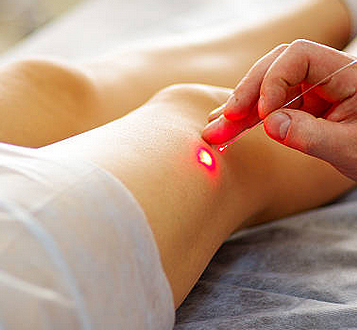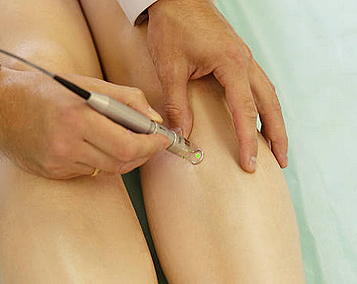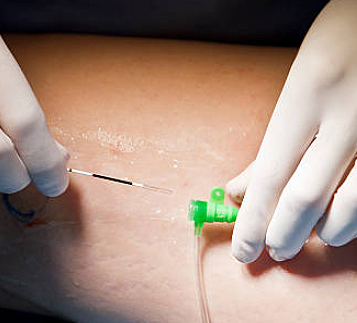Spider veins are the red, blue or purple thread-like veins that appear near the surface of your skin. They form a web-like pattern and can appear anywhere on your body, including your face. Most often, they appear on your thighs, calves, ankles or buttocks.
Increased pressure on these areas of your body — due to sitting or standing for long periods, injury, disease or venous insufficiency — fosters the development of spider veins. Your Manhattan vein doctor has several treatment options in your search for how to get rid of spider veins, including laser for spider vein removal.
Spider Vein Laser Treatment
Lasers are highly focused beams of light. Through your skin, the laser heat targets the problem veins, causing scar tissue to form. The scar tissue collapses the vein, so it loses its blood supply and is eventually reabsorbed by your body. The procedure involves several steps:




